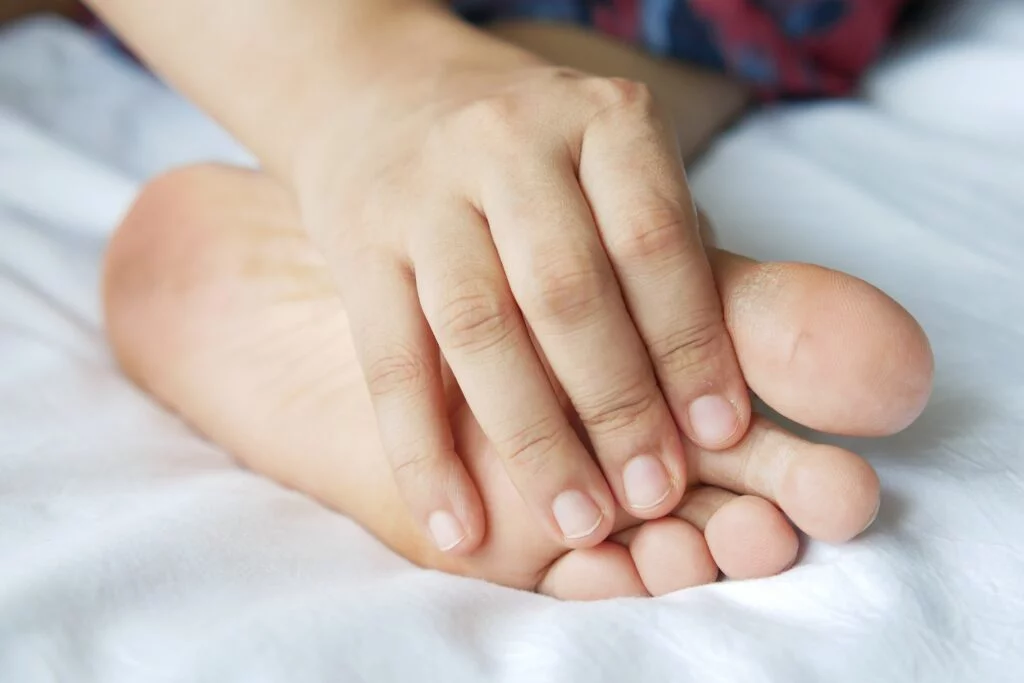Table of Contents
What is Charcot Foot?
How Charcot Foot Develops
With Charcot foot, minor fractures can lead to major problems if not treated early.
Acute Charcot foot begins when repeated small fractures are not felt. At first, there may be no visible signs of Charcot. If you keep walking on your foot, fractures become worse. Your foot may feel hot and appear red and swollen.
Fractures begin to heal as Charcot foot progresses. But pressure from your body weight keeps bones from mending smoothly. Continued walking can cause new fractures. Your foot may still be red and swollen.
Chronic Charcot foot is deformity resulting from poor bone healing. Shoes may not fit the deformed foot. Chafing from a poorly fitting shoe can cause ulcers (open sores). Ulcers may become infected. Severe infection may require amputation.
Treating Charcot Foot
Non-Weight-Bearing
While fractures are healing, it is crucial that you keep your weight off your foot. This is called non-weight-bearing. Your doctor may ask you not to walk at all. Or, he or she may prescribe a special device. Remember, you often don’t feel pain with Charcot foot. So even if you feel fine, stay off your foot until your doctor says it’s OK.



